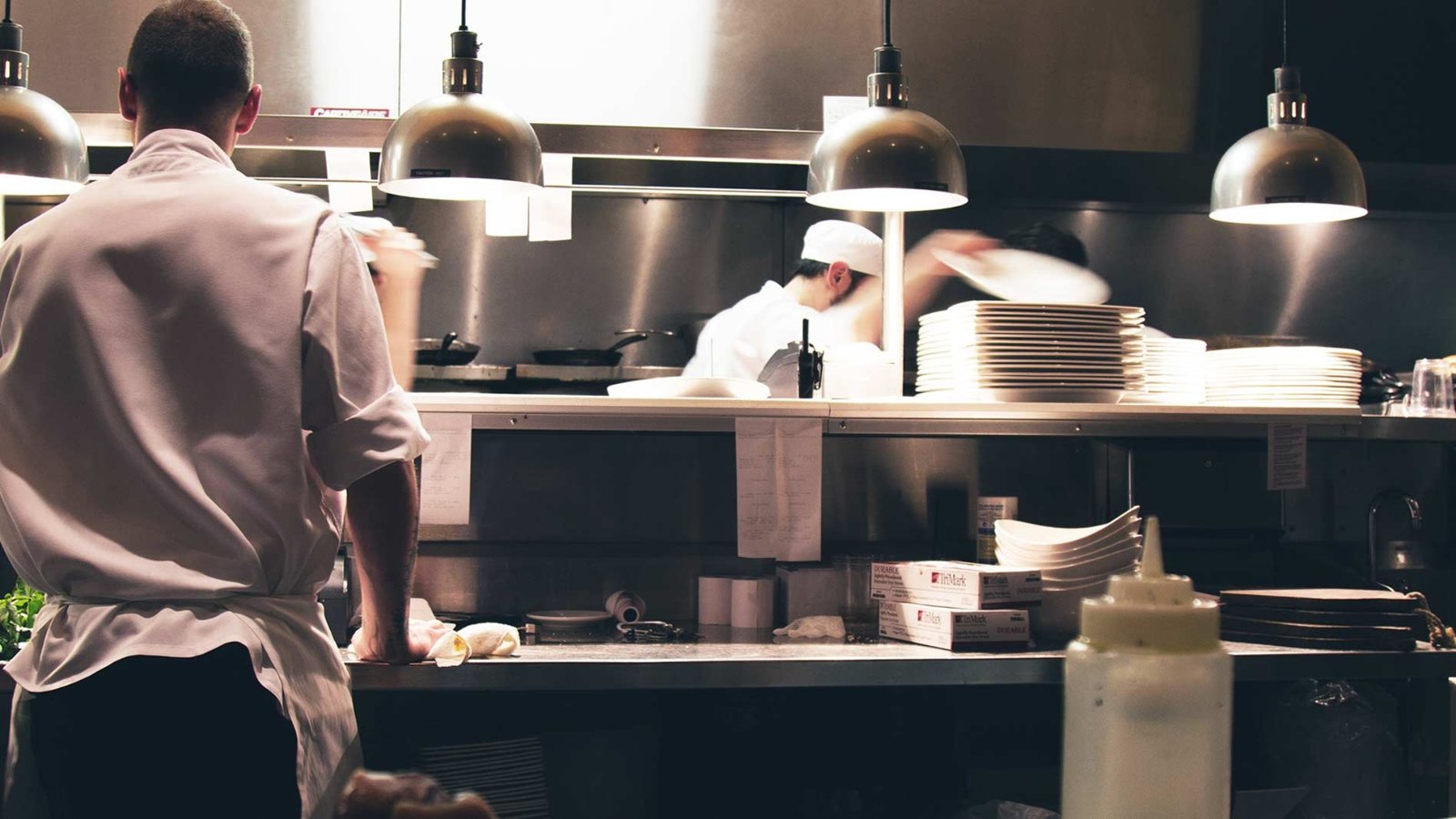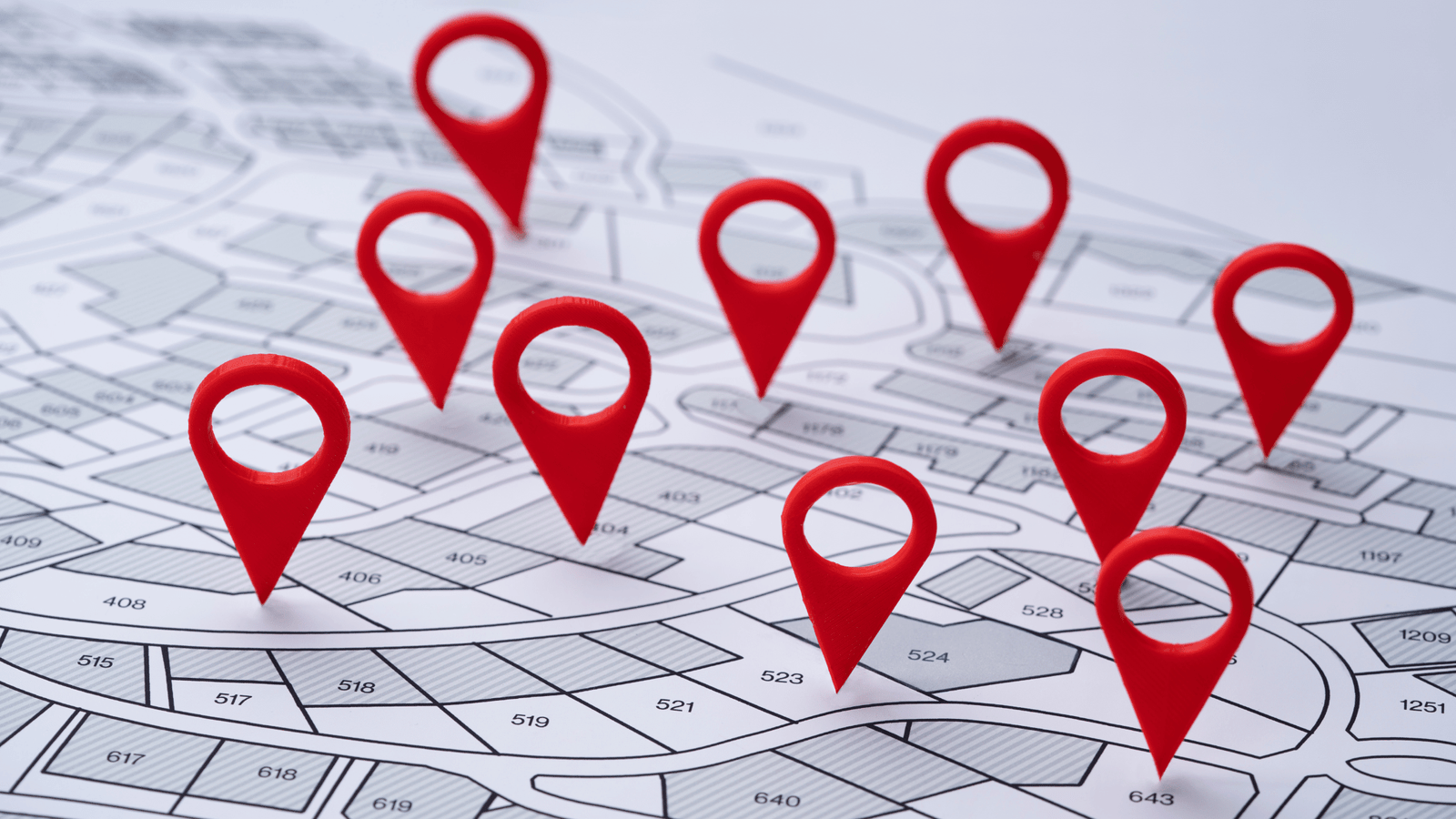Running a successful restaurant requires more than just great food and excellent service. Managing costs efficiently is critical to sustaining profitability. Capital Expenditure (CAPEX) covers one-time investments like kitchen equipment, furniture, and renovation, while Operational Expenditure (OPEX) includes ongoing expenses such as rent, utilities, wages, and ingredients.
By implementing smart strategies, restaurant owners can reduce restaurant costs significantly without compromising quality. In this Artical, we’ll explore proven techniques to cut CAPEX and OPEX effectively, ensuring long-term financial sustainability.
How to Minimize CAPEX in Your Restaurant

1. Opt for Asset-Light Business Models
Reducing upfront investment is a key way to lower CAPEX. Instead of leasing or buying large properties:
- Consider cloud kitchens or shared kitchen spaces
- Use franchise or license models to expand with lower investment
- Partner with existing food businesses for co-branded ventures
This approach minimizes real estate costs, equipment investments, and operational complexities.
2. Buy Pre-Owned Equipment
New commercial kitchen equipment can be expensive. Save costs by:
- Purchasing certified pre-owned kitchen equipment
- Renting or leasing essential appliances instead of buying
- Checking online marketplaces for discounted second-hand equipment
This strategy helps reduce restaurant setup costs without sacrificing quality.
3. Renovate Smartly
Instead of investing heavily in decor and interiors:
- Use modular furniture and fixtures for cost-effective designs
- Opt for energy-efficient lighting and equipment to save long-term costs
- Repurpose existing space creatively instead of expanding
A smart renovation plan ensures a visually appealing space while minimizing upfront capital expenditure.
4. Negotiate Vendor Deals and Bulk Purchases
When setting up your restaurant:
- Negotiate bulk discounts with furniture and equipment suppliers
- Seek long-term contracts to lock in lower prices
- Compare multiple vendors to get the best deal
This ensures significant CAPEX reduction while maintaining quality.
How to Reduce OPEX in Your Restaurant

1. Optimize Labor Costs Without Reducing Quality
Labor is one of the highest operational expenses in a restaurant. Reduce labor costs by:
- Cross-training employees for multi-tasking roles
- Using self-service kiosks or QR code ordering systems
- Hiring part-time staff during peak hours instead of full-time employees
This keeps labor expenses in check while maintaining operational efficiency.
2. Implement Smart Inventory Management
Food wastage is a major drain on restaurant profits. Reduce waste and optimize inventory by:
- Using inventory management software like Zoho Inventory or MarketMan
- Implementing First-In, First-Out (FIFO) stocking to reduce spoilage
- Sourcing seasonal and local ingredients for cost-effective purchasing
A well-managed inventory system significantly reduces food costs and enhances profitability.
3. Lower Energy and Utility Bills
High electricity and water costs impact OPEX. Reduce expenses by:
- Installing LED lighting and energy-efficient kitchen appliances
- Encouraging staff training on energy conservation
- Using water-saving faucets and dishwashers
Energy efficiency helps cut restaurant operating costs while promoting sustainability.
4. Use Digital Marketing Instead of Traditional Advertising
Instead of spending heavily on print ads or billboards, opt for:
- SEO-optimized websites to attract organic traffic
- Running social media ads on Facebook, Instagram, and Google
- Implementing email marketing and customer loyalty programs
Digital marketing reduces advertising costs while effectively attracting new customers.
5. Outsource Non-Core Operations
To cut unnecessary expenses, consider outsourcing:
- Accounting and payroll management to reduce administrative costs
- Third-party delivery services like Swiggy or Zomato instead of in-house delivery
- Cleaning and maintenance services instead of hiring full-time staff
Outsourcing saves money and ensures efficient restaurant operations.
Cost-Saving Technologies for Restaurants

1. Cloud-Based POS Systems
Using cloud-based POS systems like Square or Toast reduces costs by:
✔ Eliminating expensive hardware
✔ Offering remote access to sales and inventory
✔ Automating billing and reporting
2. AI and Data Analytics
AI-powered tools help track:
✔ Customer preferences for better menu pricing
✔ Sales trends to optimize inventory
✔ Employee performance for efficient scheduling
3. Automated Ordering Systems
Using digital menus and mobile ordering systems:
✔ Reduces staffing needs
✔ Enhances customer experience
✔ Cuts order processing time
Read More : Restaurant Marketing Strategies: Sizzling Tips for a Digital World
Social Media Restaurant Marketing Mistakes You Must Avoid
Conclusion
Reducing restaurant costs doesn’t mean cutting corners—it’s about strategic planning and smart decision-making. By focusing on cost-effective investments, operational efficiencies, and technology adoption, restaurants can significantly lower both CAPEX and OPEX while maintaining service quality.
Start implementing these strategies today and watch your restaurant’s profit margins grow!
FAQs
Q1. What are the main differences between CAPEX and OPEX in restaurants?
CAPEX includes one-time investments like kitchen equipment and renovations, while OPEX refers to recurring costs like rent, wages, and food supplies.
Q2. How can I reduce restaurant rent expenses?
Opt for cloud kitchens, shared spaces, or suburban locations with lower rental costs instead of high-end urban properties.
Q3. What’s the best way to cut food costs without compromising quality?
Use inventory management software, negotiate with vendors, and optimize portion control to reduce food wastage and control expenses.
Q4. How do energy-efficient appliances help reduce OPEX?
They consume less electricity and water, significantly lowering monthly utility bills while improving sustainability.
Q5. Is outsourcing better than hiring full-time staff?
For non-core activities like accounting, delivery, and cleaning, outsourcing can be cheaper and more efficient than maintaining full-time staff.





